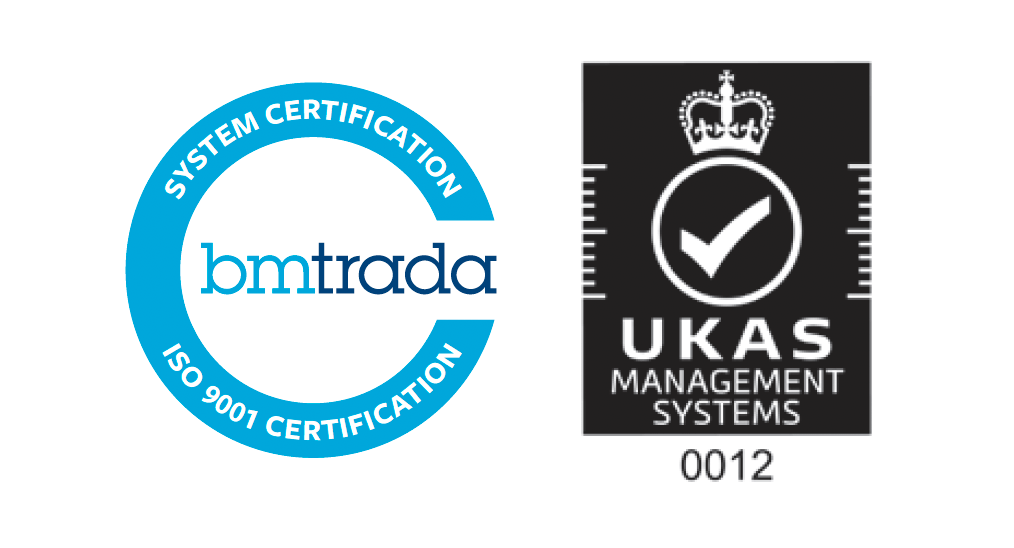Our Managing Partner, alongside our Associate Partner for Healthcare Investment, recently attended the esteemed LaingBuisson Private Acute Healthcare Conference. This blog post provides CF’s take on the key insights shared around the current healthcare landscape and the pivotal role of private healthcare within that.
1. Global Perspective on Private Healthcare
Around the globe, there’s a noticeable trend towards integrating private healthcare to bolster public health systems. Now, more than ever, the significance of the private sector is clear, with the NHS actively seeking collaborative solutions to address pressing health challenges, especially in areas like cancer care.
2. UK Trends: NHS and the Long-Term Need
The UK’s health landscape paints a concerning picture: by 2040, an estimated 5.3 million Britons could be living with cancer. The NHS’s current waiting time for cancer treatments is already lengthening. It’s clear, then, why the NHS’s reliance on the private sector is not merely political but a pressing necessity to manage the challenges effectively.
3. UK Investment in Private Healthcare
Despite popular belief suggesting a rise in private healthcare, sector volumes, in terms of treatments, have remained relatively steady. However, certain sectors, like ophthalmology, have witnessed substantial growth in the private domain. Intriguingly, areas like elective orthopaedic work, despite having immense potential, haven’t tapped into this growth, indicating growth potential for the industry.
4. The Power of Data and Transparency
Effective healthcare is built on trust and informed choices. This requires a transparent system, where activity and outcomes between the NHS and private entities are openly available to patients. The ongoing changes in the health and social care act seem to align with this sentiment, backed by industry-wide lobbying.
5. The Cutting Edge of Medicine
Innovative solutions like AI and preventive measures in early cancer detection are the new frontiers of medical science. The evolving paradigm necessitates a shift towards early detection and patient-centric solutions. This ensures not only improved outcomes but also cost-effective treatment strategies, benefiting both the patient and the health system. However, effective quality and governance systems will need to be introduced to ensure new innovations are safe.
6. Opportunities for Partnership
The NHS and private healthcare providers have the potential to forge synergies that will define the future of healthcare in the UK. The significant gap in cancer care delivery, compared to other G7 nations, presents a pressing opportunity. Here, healthcare providers must prioritise creating patient-driven care pathways that are efficient, economical, and align with the NHS’s objectives.
7. Challenges Ahead
Even with the momentum favouring collaboration between public and private healthcare, challenges remain. The rising cost of treatments, understanding the nuances between sectors, and ensuring seamless collaboration are primary concerns. However, with a focused and solution-driven approach, these challenges can be addressed, leading to an efficient and holistic healthcare system.
In conclusion, Insights from the LaingBuisson Private Acute Healthcare Conference, combined with current UK healthcare data, underscore the urgency and potential for collaborative solutions. For the private sector, this is an era of opportunities, waiting to be harnessed through innovation, transparency, and patient-centricity.


